
Episode 009 – Harnessing the power of improv at trade shows (Part 1) – Interview with Roger Miller of Tues@7
Notes from an interview with Roger Miller (Part 1)
Introducing Roger Miller – a right brain guy in a left brain world. Roger has a unique combination of background, working in the not very exciting health insurance industry, and being a special effects makeup artist! Roger has worked on many shows in both of his fields – insurance and special effects makeup. He draws inspiration from both to give you great advice and value and tell you how to do things differently at your booth to get better customer engagement and results.
Tips for doing things differently in your trade show booth:
Learn from highly creative experiential performances. More arts, drama and creative industry performances use elements such as energy, creativity, participation, live broadcasting and multimedia.
Iconic characters are a way for companies to build brands and themes
In insurance, think Progressive’s “Flo” and Allstate’s “Mayhem”
Memorable and effective for very different reasons
· Flo is good, but Mayhem is better because his character is tied to the benefits of insurance.
But think about such characters and what makes them memorable. Then think about those aspects and how you can use those characteristics to create a character or brand identity.
· Try to bring that same type of creativity to the exhibit hall and use it in a way that makes attendees stop and watch, and keeps you engaged in new and exciting ways.
· Obviously, this will require planning with your team before the show so that there is enough time to execute your plan.
Figure out what emotion you need to elicit from your audience. Is it fear, like in the insurance industry? Is it desire? Or something else?
· Then take it to the next level – take your attendees to a place they haven’t been or wouldn’t normally go at a trade show.
o For example – at a car show, don’t just let people sit in your car, let them take it for a test drive.
· Step 1 is getting attention – how can we actually get people to stop.
The second step is to attract attendees
If you work in a more traditional industry like insurance, then being creative will really help you stand out at your next gig. However, if you work in a creative field like art, music or theatre, then you really have to up your game because everyone there uses creativity.
Don’t refer to booth staff as salespeople or marketers, or whatever their typical role is. Call them “actors.”
Use improvisation
· When most people think of improv, the TV show “Who’s Line is it Anyway?” starring Drew Carey comes to mind.
o Most people who saw it thought there was no way this could be improvisation – these guys were too good. This had to be rehearsed.
o But it was indeed improvised!
o The key to why these people are so good is that they practice improvisation by practicing a variety of situations they might encounter. So when a new situation arises, they can draw on experience from similar situations they have practiced in the past.
Business — especially trade shows — is actually more like theater
o In traditional drama, actors have roles, lines, and actions—all of which begin at a specific time.
o Trade shows are just that. You need to think of your booth staff as your actors – provide them with roles, scripts, and actions.
· In the theatre – there is a “fourth wall” that separates the actors from the audience.
Improvisation – You need to constantly “break” the fourth wall and involve the audience in the performance.
· Improvisation consists of three parts: staging, performance, and participation.
o The stage involves creating roles for each person. If you are going to be creative and make someone stand out, then they need to wear the right clothes and play the right role.
§ The stage is also where you are seen—your entire exhibit, really. Perhaps you have a platform that lets some staff members or your exhibits rise above others—even if it’s only a few inches.
§ This requires most of your planning.
o Go is breaking the fourth wall. It goes beyond your booth and captures attendees’ attention.
§ Go is probably the easiest section because it doesn’t require as much planning as the other sections.
§ Your actors or characters need to step off the stage to reach the audience.
§ The key part of GO is to observe and listen. Absorb information from the attendees. This information from the audience will prompt your next response, which is where engagement happens.
o Engage is where you begin a conversation with attendees based on the information you gathered while observing and listening during the “Getting Started” phase.
§ This is where we make connections, communicate our values, and be remembered
§ Training and preparation ahead of time is crucial! Practicing standard questions and situations will help us better handle unexpected questions and situations.
————————————
How to contact Roger Miller:
Check out part 2 of the interview with Roger Miller Here we’ll explore improvisation further as well as specific exercises for using creativity to achieve big results!



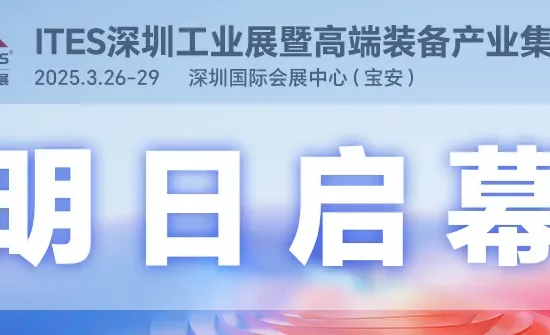


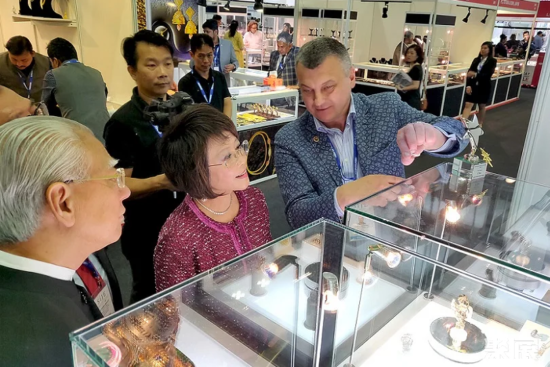
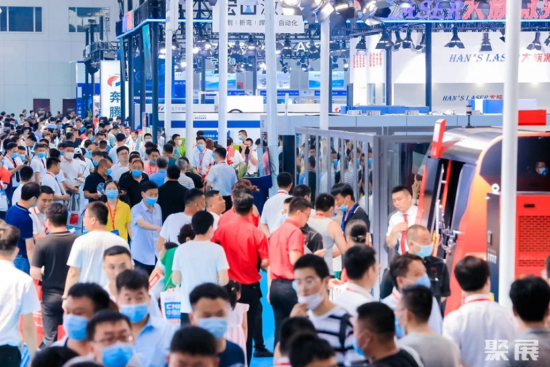
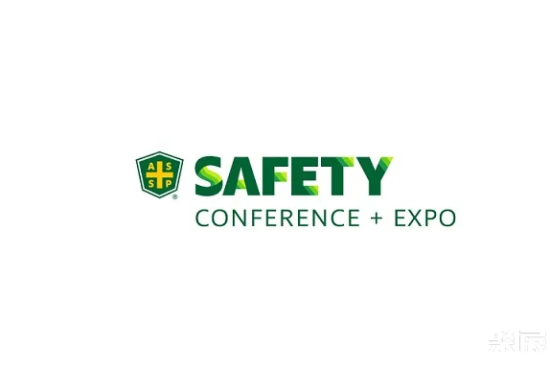
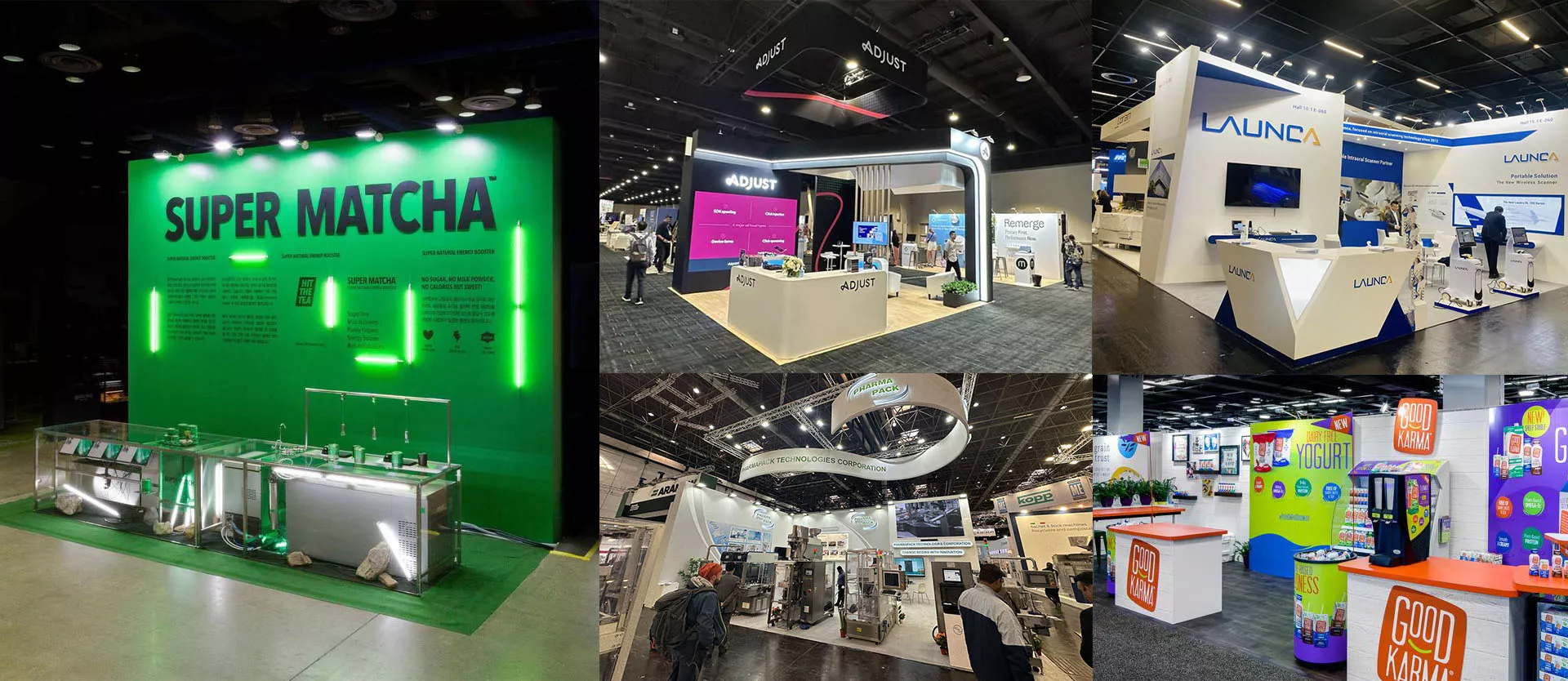
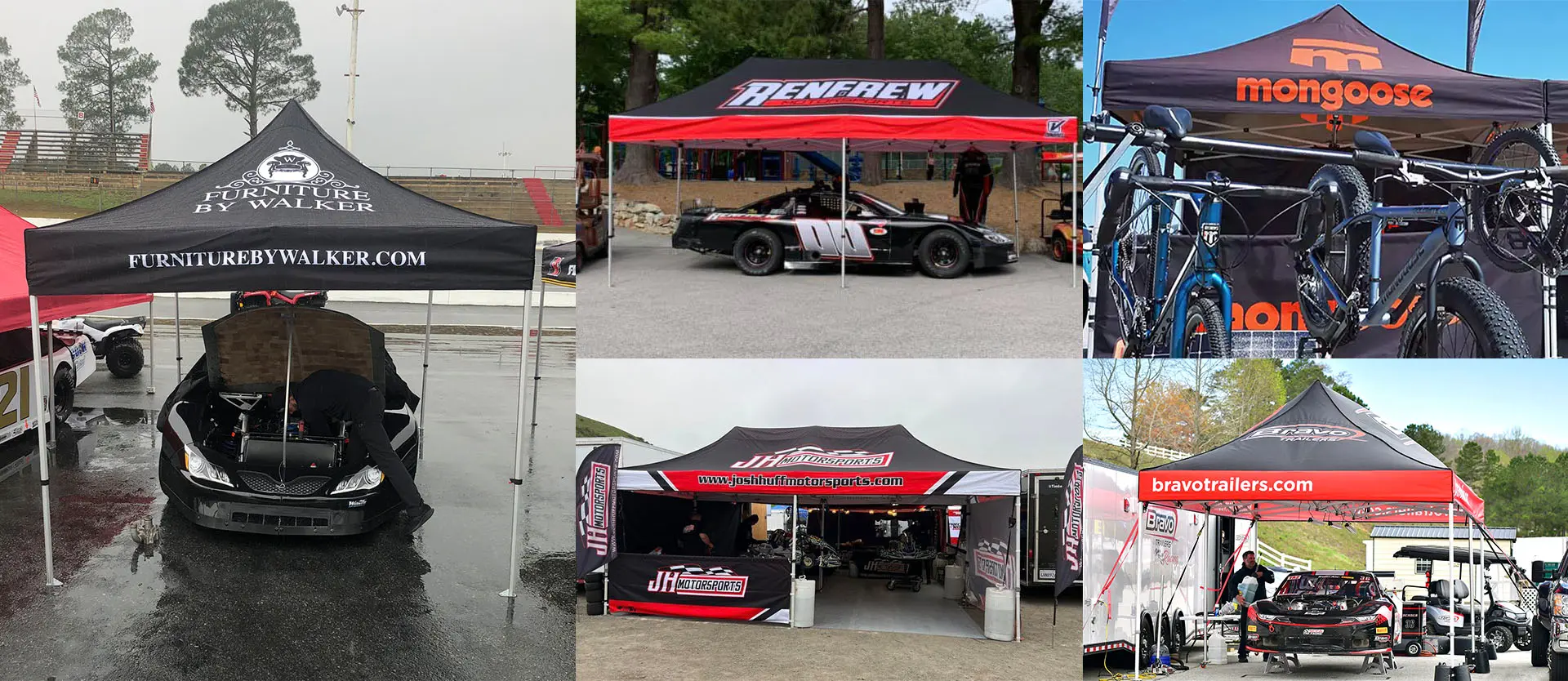
Leave a Reply Cancel reply
You must be logged in to post a comment.